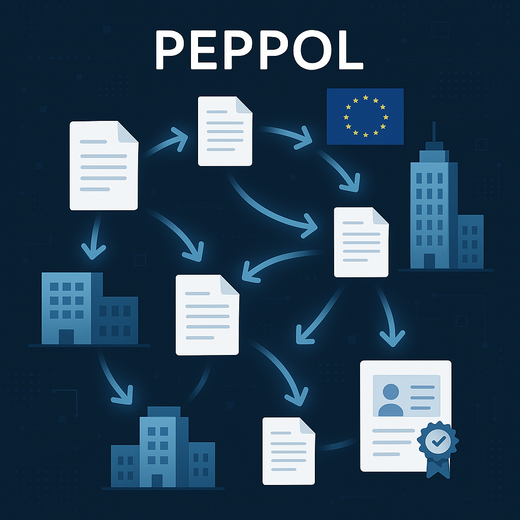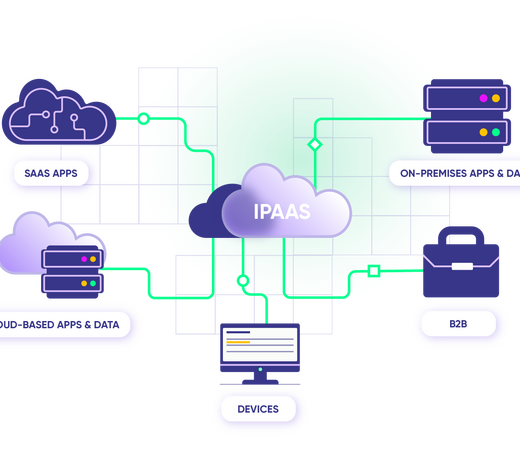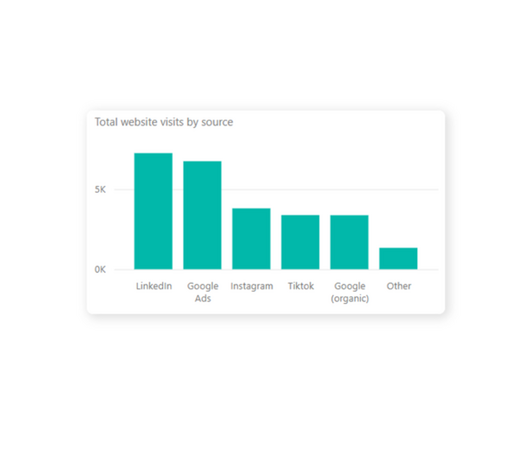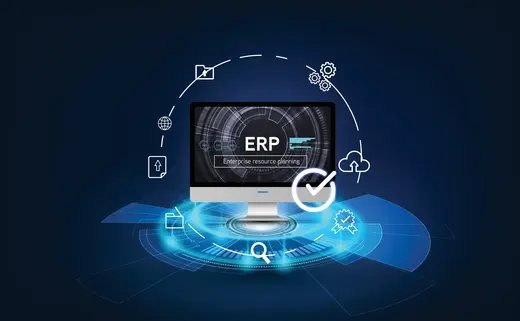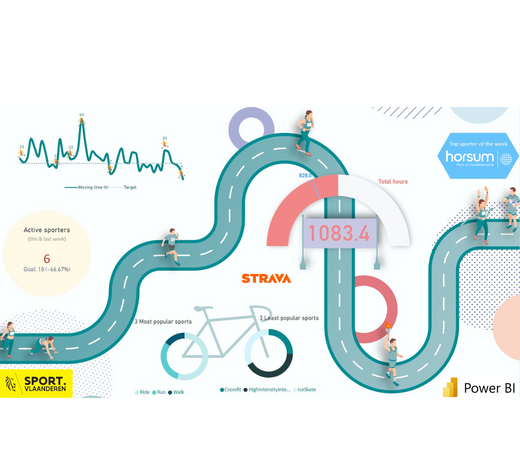- Digital transformation
No-Code and Low-Code: flexible expansion without heavy development
ERP systems are the backbone of many SME's. But how do you respond quickly and agile to new needs without months of development time? No-code and low-code platforms offer the answer. They make it possible to quickly expand your existing ERP solution with targeted applications, without having to fall back on slow customization or expensive IT consultants every time.
You gain time, reduce costs and still maintain a grip on quality. Think of apps for mobile data entry, approval flows or simple dashboards. Things that used to take weeks, you now build in days.
What exactly no-code does (and who it works for)
With no-code, you build applications without code. You click your way through visual building blocks and ready-made components. Tools like Bubble or BettyBlocks are strong at this. Perfect for simple applications like forms, checklists or internal dashboards. It works quickly, intuitively and requires no technical background.
Low-code: if it can be a lottle more complex
Low-code is similar to no-code, but gives more room for customization and integrations. You still work with visual building blocks, but can also add your own logic where needed. Think of platforms like Mendix or Power Apps. Ideal for multi-step processes, or links to data sources such as your ERP.
ERP smart expansion: no more detours
The biggest added value? The integration with your ERP. No copying of data. No duplicate entries. Everything remains central, but becomes more accessible.
- Mobile apps that retrieve your warehouse data from your ERP.
- Input screens that automatically register work orders or orders.
- Approval flows that connect perfectly to your ERP processes.
That's how you stay in control, while switching quickly. Your ERP remains the heart, but your environment becomes much more flexible.
From chaos to structure: a concrete example:
Booking a meeting room seems simple, but it often isn't. Thanks to low-code, you can build a user-friendly app in a few days. With a calendar, reminders, reservation management and synchronization with your business processes.
Why this works for your SME
- Speed - Solutions in days, not months.
- Accessibility - No heavy IT trail required.
- Cost savings - Less reliance on outside developers.
- Adaptability - Adapt quickly to changes.
- Peace of mind in your IT - No sprawl, no overload.
- ERP as pivot - Your system stays leading, your flexibility grows.
What to look out for
Not every application is suitable for no-code or low-code. For heavy computation, highly regulated processes or high speed requirements, it's better to stay classic development. And if you let just anyone build, you risk chaos. Make sure you have agreements and central control.
What you need to remember from this
No-code and low-code are not one-day wonders. They are a smart addition to your ERP. They give your company the flexibility that traditional software development often lacks. With the right approach, you couple speed with control, simplicity with scalability.
That's how you keep your ERP lean, and your organization agile.
Wondering what this could mean for your business? We'd love to think with you, and show you where the quick wins lie.

